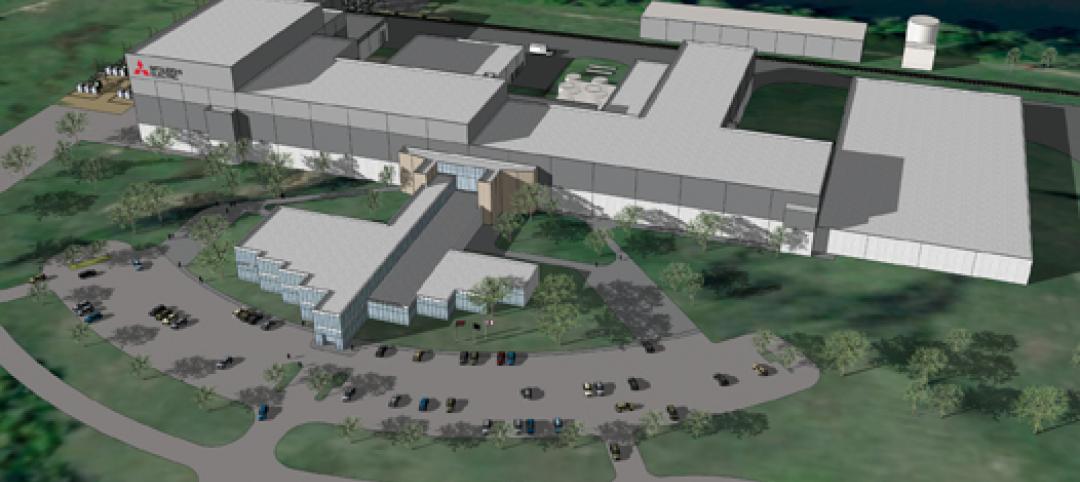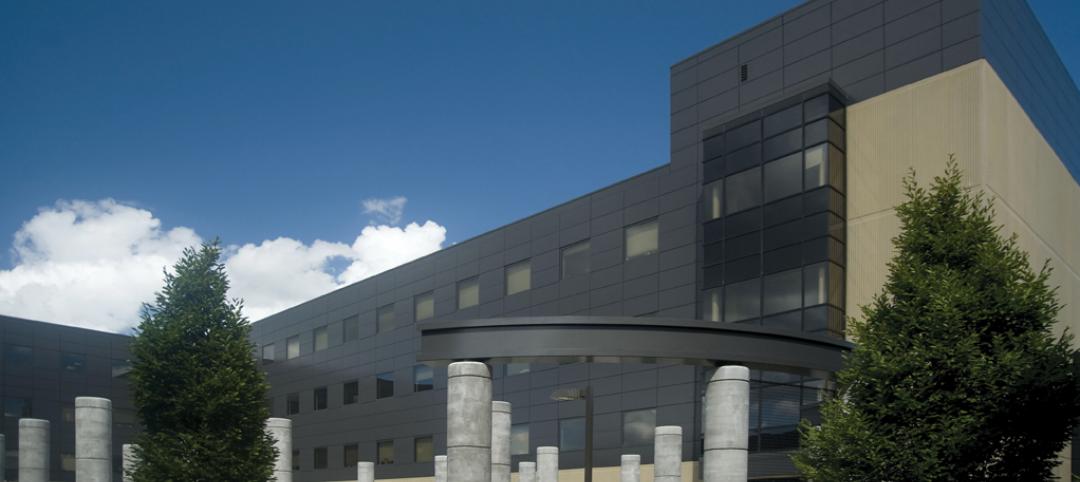“It is the first time that a number of 100-plus-year-old construction firms are waking up in a cold sweat and saying, ‘We might get Uber’d.’ Instead of innovating to improve productivity, there is a sense of urgency and need to innovate to survive, let alone thrive.” — Darren Bechtel, Founder, Managing Director, Brick & Mortar Ventures (as told to BuiltWorlds)
“One of the biggest risks today is not leveraging technology, or refusing to be an early adopter of the ‘next big thing.’ There will be major technological disrupters in this market, and the company that’s slow to pick up on them is essentially diminishing its position in a very competitive industry.” — Patrick O’Connor, Vice President of Risk Management and Counsel, The Walsh Group (as told to FMI Corp.)
Declarations like these are not hyperbole, nor are they specific to the AEC industry. Leaders in almost all business sectors—if they are half-way competent—operate their organizations with a sense of angst and a healthy dose of paranoia, preparing for what’s around the corner.
Well, there is plenty around the corner these days, and AEC firms are scrambling to adjust to the coming “new normal” of commercial design and construction.
Are we ready for technological disruption? What tools and processes can we employ to gain efficiencies and eliminate waste? Who are our future leaders? What skills are required for the next generation of practitioners? What are the short- and long-term needs of our clients, and their building assets? Is Google going to take our jobs? (No joke. I’ve heard this one more than once.)
These are among the litany of considerations that AEC firms must address to future-proof their organizations.
But while talk of the disruptive nature of technology and innovation captures the headlines, what’s really keeping the leaders of the nation’s largest general contractor and construction management firms up at night is people.
In a new survey by FMI Corp. of C-suite and risk management professionals at GC and CM firms, 80% of respondents identified a “limited supply of skilled craftworkers” as a top risk for 2019, and 44% cited a “limited supply of experienced field supervisors” as a primary concern. Exacerbating the talent shortage is the coming mass exodus of baby boomers as they reach retirement age.
In response, firms are placing priority on bringing craftworkers and design professionals in-house; strengthening training and development programs; and bolstering talent recruitment efforts by giving HR managers a seat at the executive table. Is it enough? That remains to be seen, but it’s a good start.
Download the free report at: tinyurl.com/FMIrisk19.
Related Stories
| Apr 12, 2011
Mitsubishi commissions electric power manufacturing plant in Memphis
Greenville, S.C.-based design and construction firm O’Neal Inc. is providing design, engineering, procurement, and construction services for Mitsubishi Electric Power Products.
| Apr 12, 2011
BIM Grows Up: Separating Hype from Reality in a 3D World
While BIM adoption still lags in both design and construction, some enterprising owners, architects, and contractors are unlocking the potential of this dynamic technology.
| Apr 12, 2011
Metal cladding: Enhancing design with single-skin panels, MCMs, and IMPs
Single-skin metal panels, metal composite panels, and insulated metal panels can add both aesthetic and functional value to your projects, if you use them correctly.
| Apr 12, 2011
American Institute of Architects announces Guide for Sustainable Projects
AIA Guide for Sustainable Projects to provide design and construction industries with roadmap for working on sustainable projects.
| Apr 5, 2011
What do Chengdu, Lagos, and Chicago have in common?
They’re all “world middleweight cities” that are likely to become regional megacities (10 million people) by 2025—along with Dongguan, Guangzhou, Hangzhou, Shenzhen, Tianjin, and Wuhan (China); Kinshasa (Democratic Republic of the Congo); Jakarta (Indonesia); Lahore (Pakistan); and Chennai (India), according to a new report from McKinsey Global Institute: “Urban World: Mapping the economic power of cities”.
| Mar 22, 2011
San Francisco ready to test hiring law
San Francisco's new construction law, billed as the nation’s toughest local hiring ordinance, establishes strict requirements for how many work hours on city-financed projects must be completed by city residents, starting with 20% this year. It also requires that a set percentage of hours be performed by low-income workers. The requirements apply to municipal construction projects worth more than $400,000 within 70 miles of the city.
| Mar 15, 2011
Passive Strategies for Building Healthy Schools, An AIA/CES Discovery Course
With the downturn in the economy and the crash in residential property values, school districts across the country that depend primarily on property tax revenue are struggling to make ends meet, while fulfilling the demand for classrooms and other facilities.
| Mar 11, 2011
University of Oregon scores with new $227 million basketball arena
The University of Oregon’s Matthew Knight Arena opened January 13 with a men’s basketball game against USC where the Ducks beat the Trojans, 68-62. The $227 million arena, which replaces the school’s 84-year-old McArthur Court, has a seating bowl pitched at 36 degrees to replicate the close-to-the-action feel of the smaller arena it replaced, although this new one accommodates 12,364 fans.












